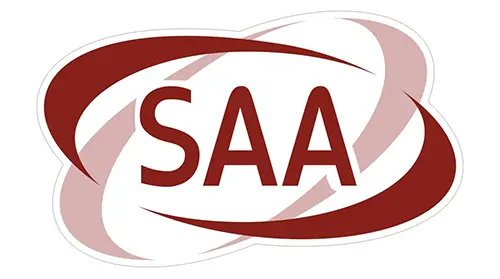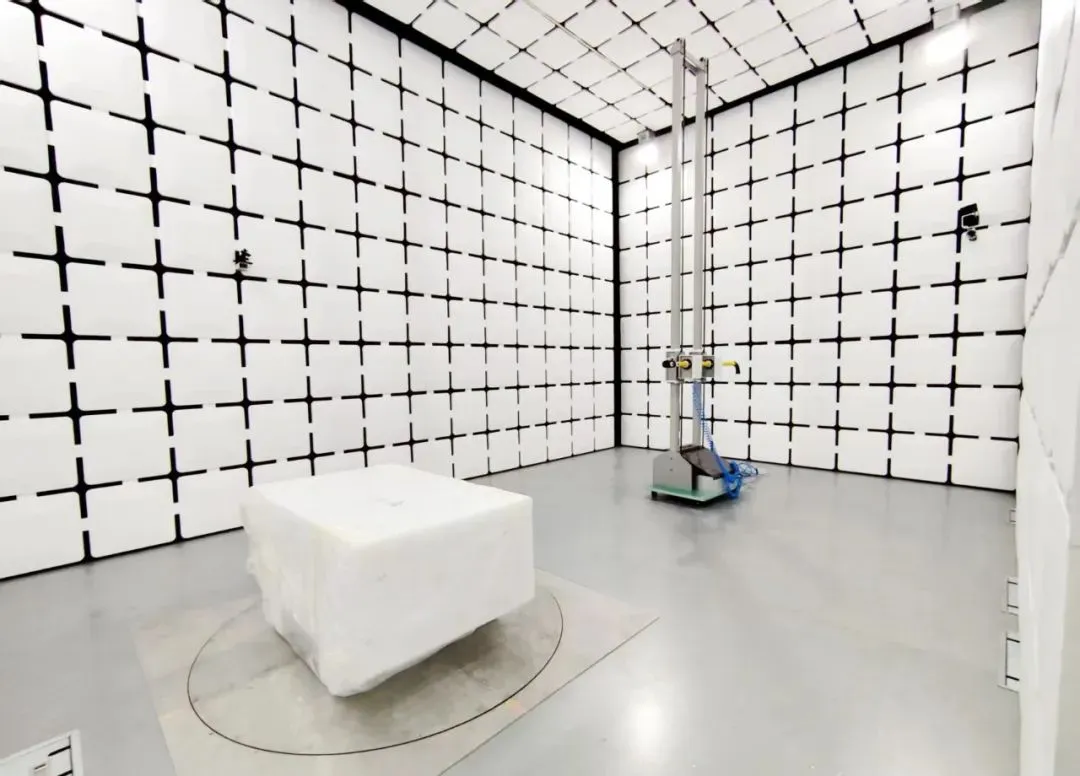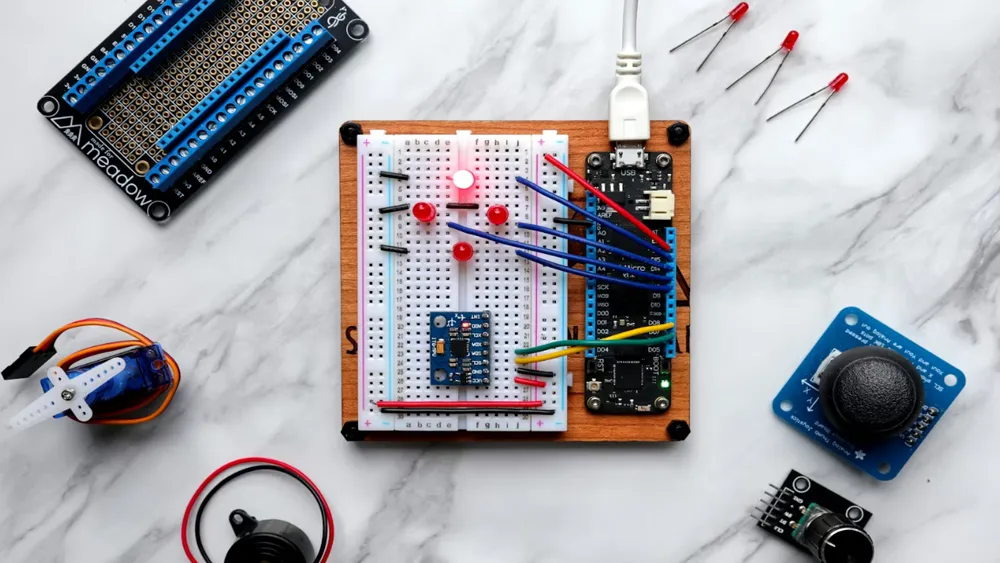
How to Get Australian SAA Certification?
SAA stands for the Standards Association of Australia. SAA certification is issued by a monitoring department or a third-party certification company based on the standards of the Standards Association of Australia. It is often referRED to as Australian certification. Products listed under the mandatory list entering Australia (including New Zealand) must pass this certification and have the certification certificate number marked on the product before they can be legally sold in Australia. There are two main types of SAA marks: a form approval and a standard mark. Form certification is responsible only for the sample, while the standard mark requires an audit of each factory.

Additionally, Australia and New Zealand promote the harmonization of standards and mutual recognition of certifications. saa approvals Pty Ltd is a third-party certification body jointly recognized by the Australian and New Zealand certification services (JAS-ANZ), which can issue certifications for electrical equipment that meets the applicable safety requirements of Australian or New Zealand standards. Once certified in one country, the product can be sold in the other country.
Types of saa certification and Application Methods
There are two types of SAA certification:
Mandatory Certification: There are approximately 62 categories of regULated electrical products that must obtain SAA certification, with the required marking (must display the certificate number).
Voluntary Certification: Non-regulated products, although not required to obtain certification, are still responsible for safety by the seller/manufacturer and may voluntarily apply for certification.
Application Methods for SAA Certification:
1. Convert a cb certificate + report (CB must include Australian deviations) to SAA certification.
2. Convert an IEC standard report + Australian deviation testing to SAA certification.
3. Direct application.
If there is no CB certificate or IEC standard report, SAA can be applied for directly in a convenient manner.
Scope of SAA Certification
Mandatory certification covers around 62 categories, such as external power supplies or chargers, wires, plugs, some household appliances, etc. Regulated electrical products must obtain an approval certificate issued by the monitoring department, i.e., SAA certification, and display the required marking (must display the certificate number).
Examples of mandatory certified products include electrical connectors, arc welding machines, lamp holders, carpets, toasters, dryers, control devices, portable cooking appliances, extension socket-outlets, switches, decorative lighting devices, dishwashers, screw lamp holders, electric fans, heating blankets, floor polishers, fluorescent lamp ballasts, hair care devices, hedge trimmers, immersion heaters, insect killers, portable lamps, irons, kitchen appliances, lawn care equipment, liquid heating appliances, spotlights, and water heaters.
Non-mandatory products refer to products outside the mandatory certification list, such as commercial kitchen appliances. Although these non-regulated products are not required to obtain certification, their safety is the responsibility of the seller/manufacturer, and they may voluntarily apply for certification.
Common SAA Certification Standard Requirements
SAA certification standards are mainly joint standards of Australia and New Zealand, starting with AS/NZS. These standards are largely similar to International Electrotechnical Commission (IEC) standards but with some national differences.
Here are some common SAA certification standards:
- AS/NZS60950: Information product safety requirements.
- AS/NZS60065: Audio-visual product safety requirements.
- AS/NZS60598.1: General safety requirements for lighting fixtures.
- AS/NZS60598.2.x: The x represents different numbers for various lighting fixtures.
- AS/NZS61347.1: Safety requirements for power drivers.
- AS/NZS61347.2.x: The x represents different numbers for various power drivers.
- AS/NZS60335.1: General safety requirements for household appliances.
- AS/NZS60335.2.x: The x represents different numbers for various household appliances.
These standards ensure the safety performance of products to meet the requirements of the Australian and New Zealand markets.
SAA Application Process
1. Complete the application form (provide required certification materials).
2. Product sample testing.
3. Product rectification (if the test fails).
4. Issuing of the report.
5. Submission of the report for official Australian review.
6. Certificate issuance after approval.
Required Documents for Certificate Application
1. Application form.
2. Authorization letter.
3. Test report.
4. Instruction manual.
The application process takes 10–15 working days.
Validity of the saa certificate
The maximum validity of the SAA certificate is 5 years. If the product certification standard undergoes an urgent change or the product is categorized as high-risk (e.g., hair straighteners), the validity period may be shortened or limited at the request of the applicant. The certificate holder or SAA Approvals can cancel the certificate if the terms, conditions, and obligations of the application process are seriously violated.
Email:hello@jjrlab.com
Write your message here and send it to us
 What is Amazon TIC and How Can Sellers Achieve Com
What is Amazon TIC and How Can Sellers Achieve Com
 2026 Battery UN38.3 Certification (Test Report) &a
2026 Battery UN38.3 Certification (Test Report) &a
 What is the IEC 62680 Standard? Compliance Interpr
What is the IEC 62680 Standard? Compliance Interpr
 Amazon Japan December Compliance Requirements
Amazon Japan December Compliance Requirements
 How to Check a CPSC-Accepted Laboratory?
How to Check a CPSC-Accepted Laboratory?
 WEEE Registration for Waste Electrical &Electr
WEEE Registration for Waste Electrical &Electr
 MSDS Chemical Safety Testing
MSDS Chemical Safety Testing
 What Are the Differences Between UK REACH and EU R
What Are the Differences Between UK REACH and EU R
Leave us a message
24-hour online customer service at any time to respond, so that you worry!




